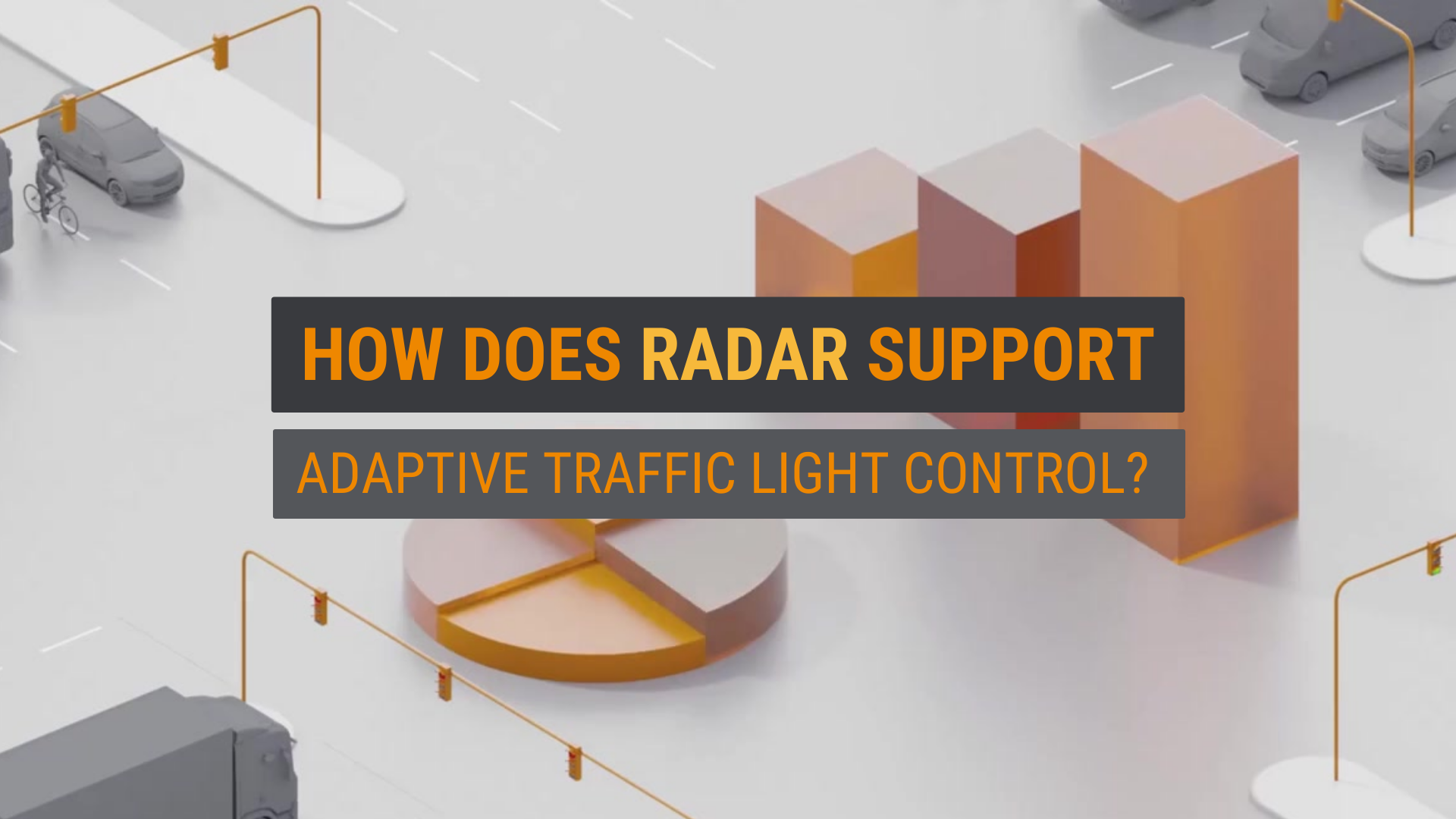Traffic congestion tends to occur when the number of road users increases. To alleviate congestion in cities, traffic management centers need to make data-driven decisions. For this, they require the most accurate data available from a highly reliable source, such as radar sensors.
Radar sensors detect the presence and movement of various road users, including large trucks, cars, cyclists, and pedestrians. They effectively monitor real-time traffic density and trigger traffic lights timing to adapt accordingly, leading to smoother traffic flow. Unlike competing methods, radar sensors also provide precise speed information and have a long range, which is essential for estimating arrival times and queue length.
Moreover, radar sensors provide real-time per-object data for infrastructure–to-vehicle communication. When combined with data from the on-board sensors of the connected vehicles, this “collective perception” enables a range of additional safety solutions. For example, they can give cyclists a head start over other vehicles or alert drivers when they are about to run a red light.
Watch an animation on how radar sensors can improve traffic flow of your city on our Linkedin page!

